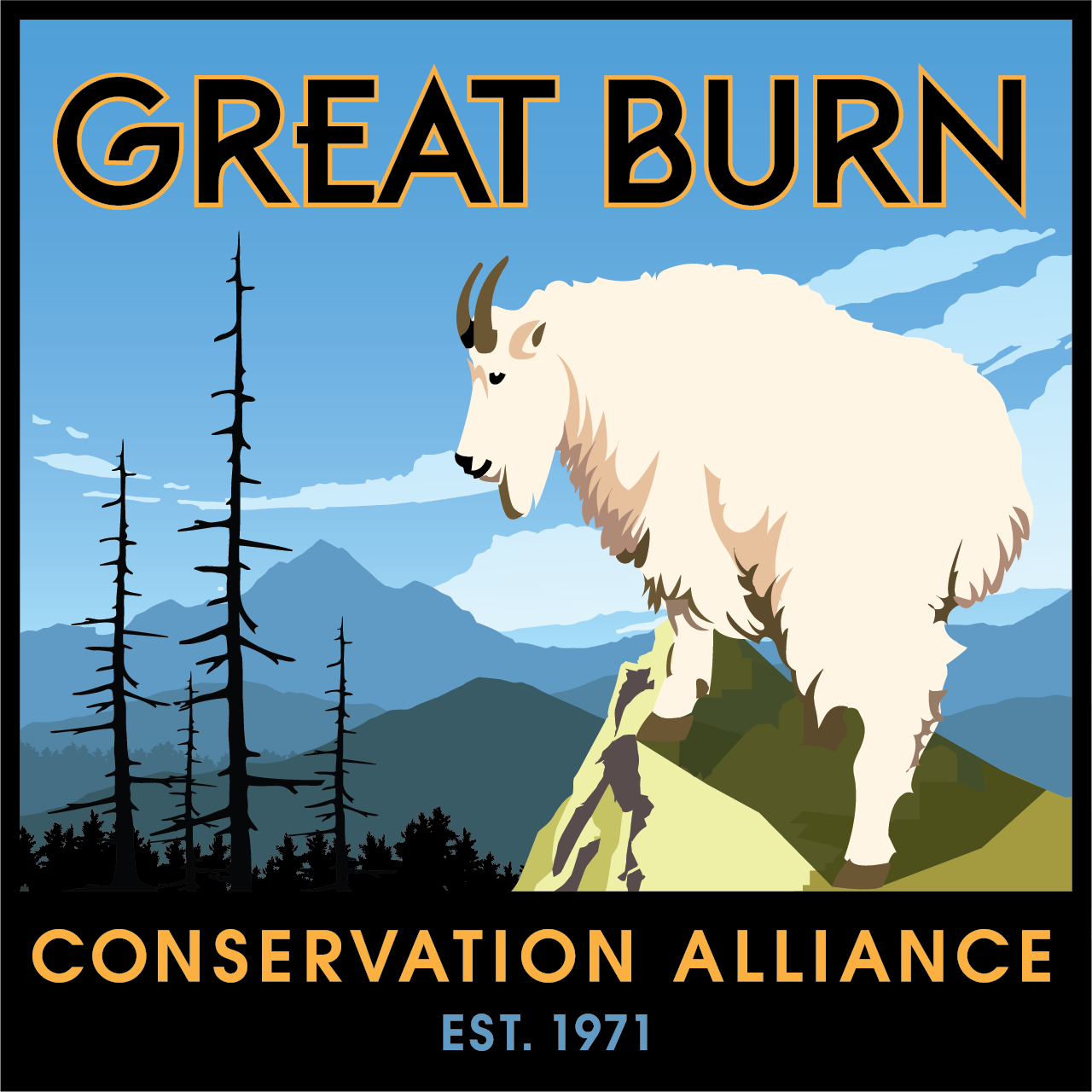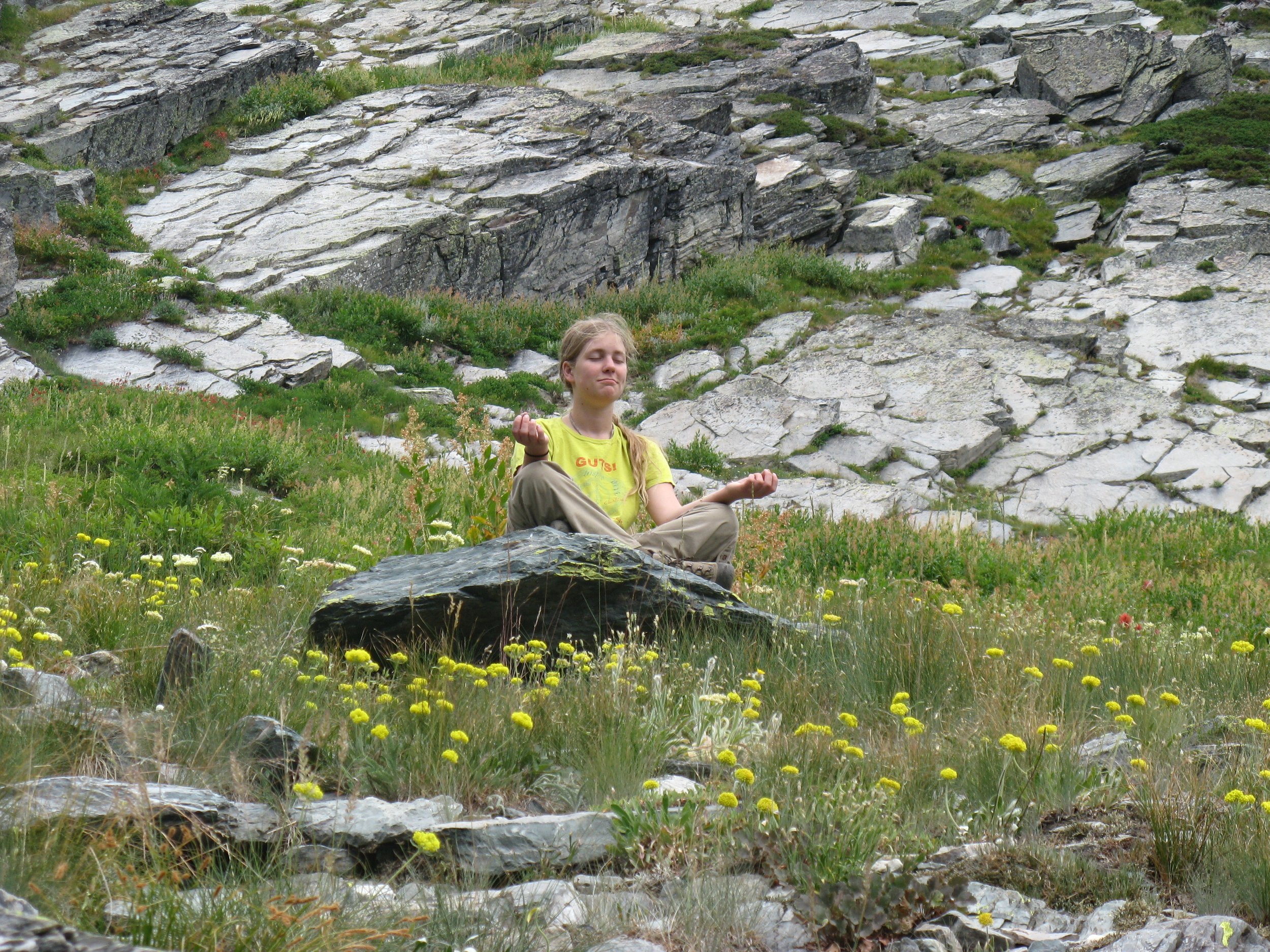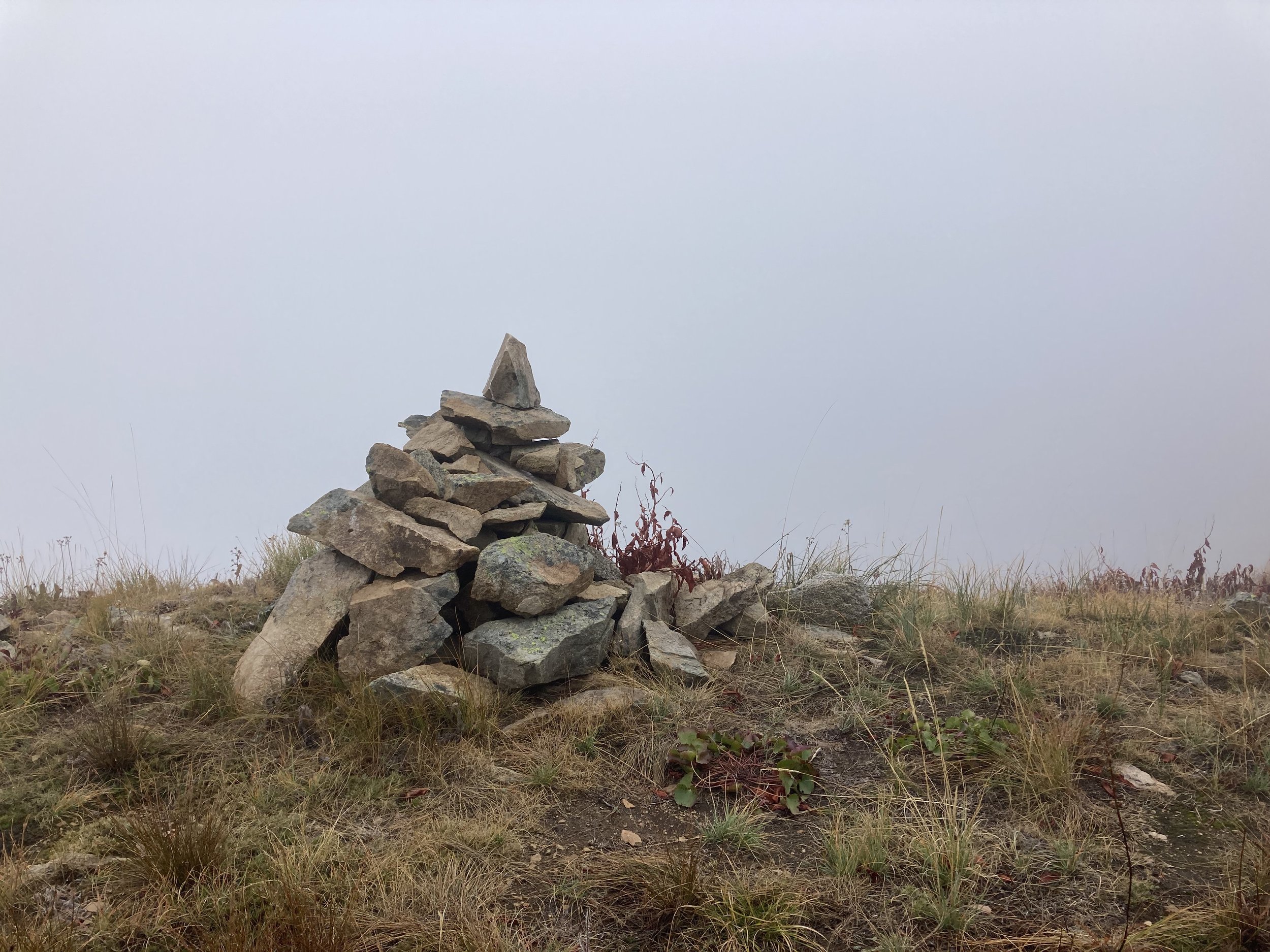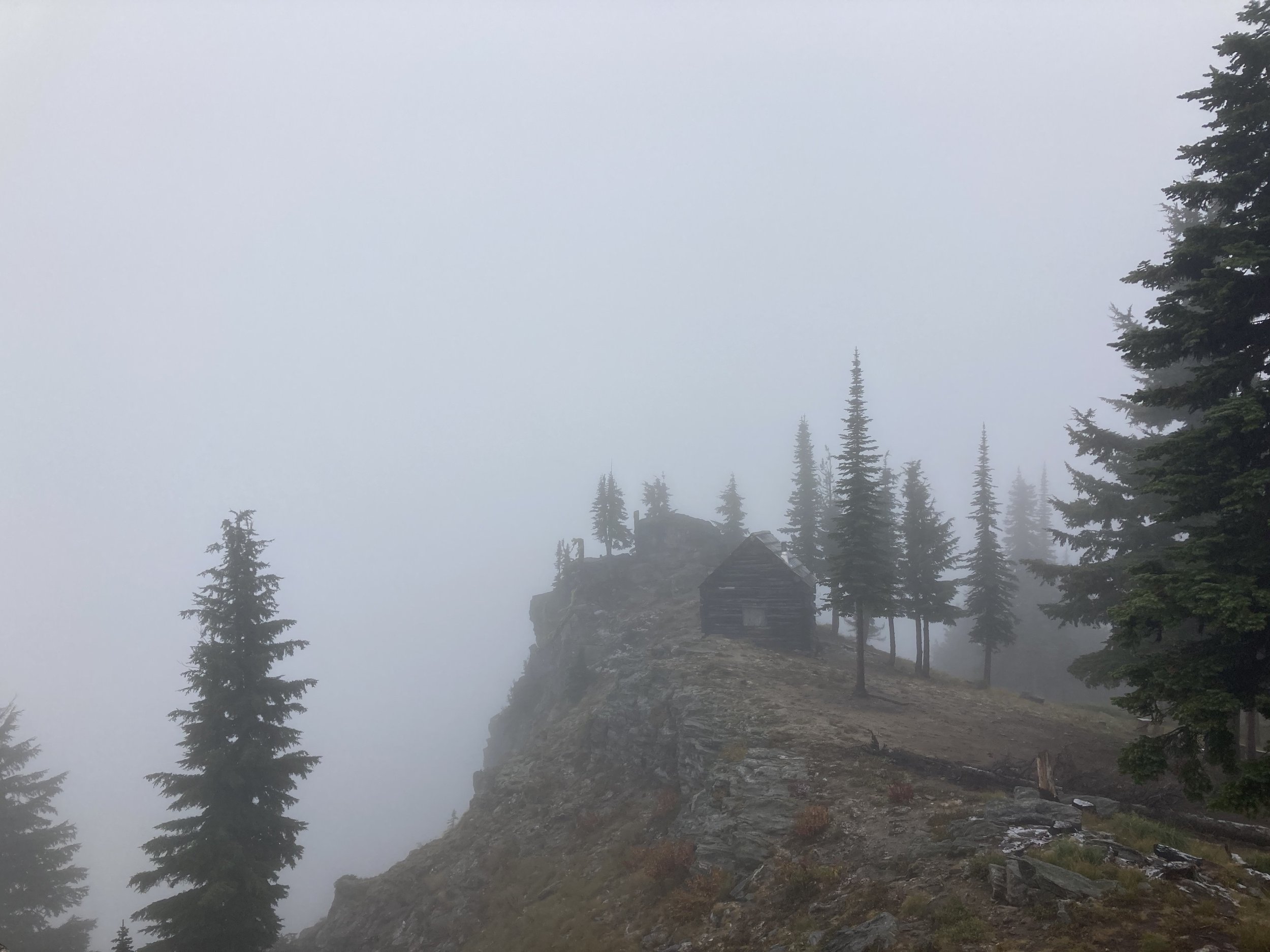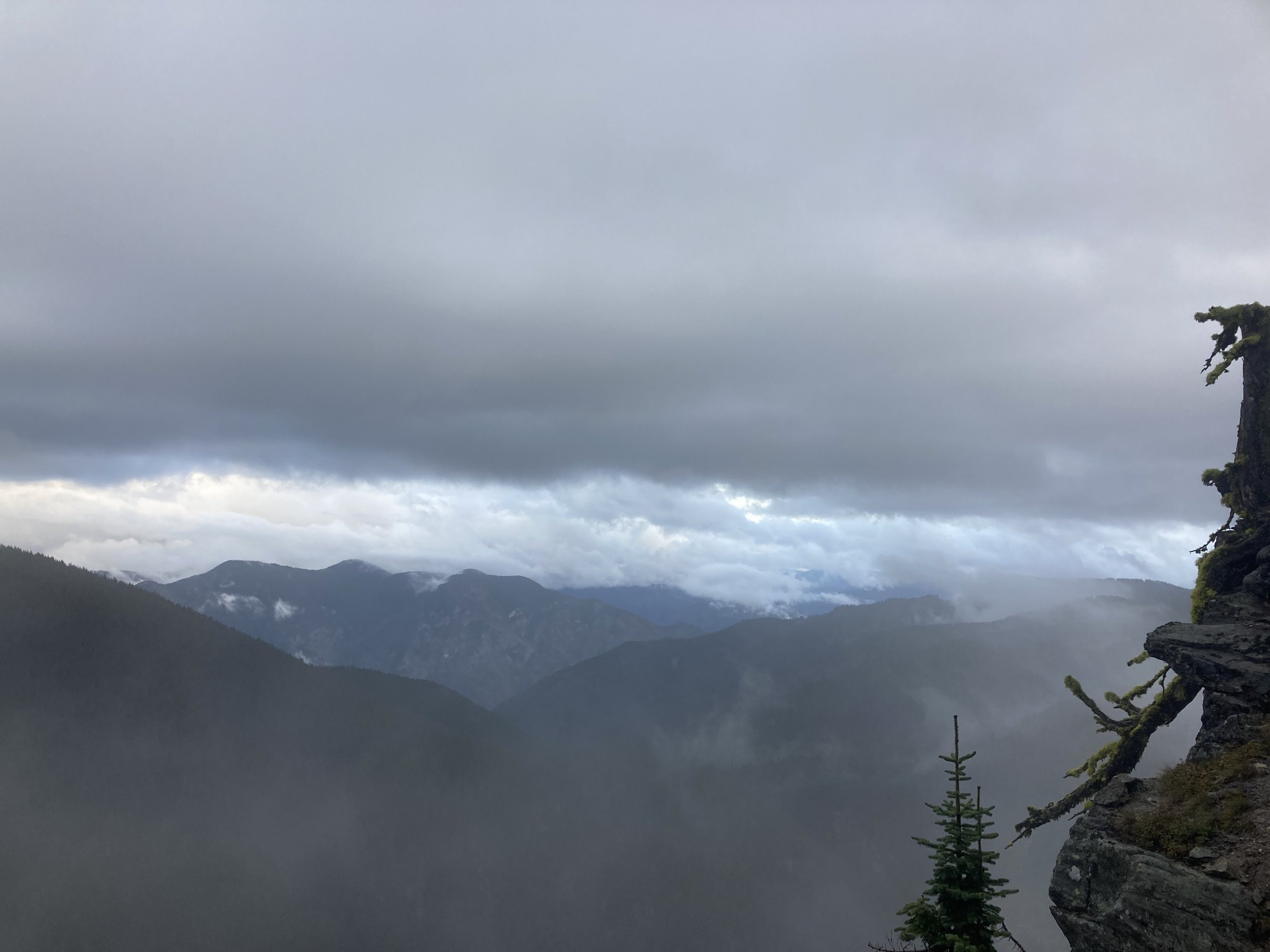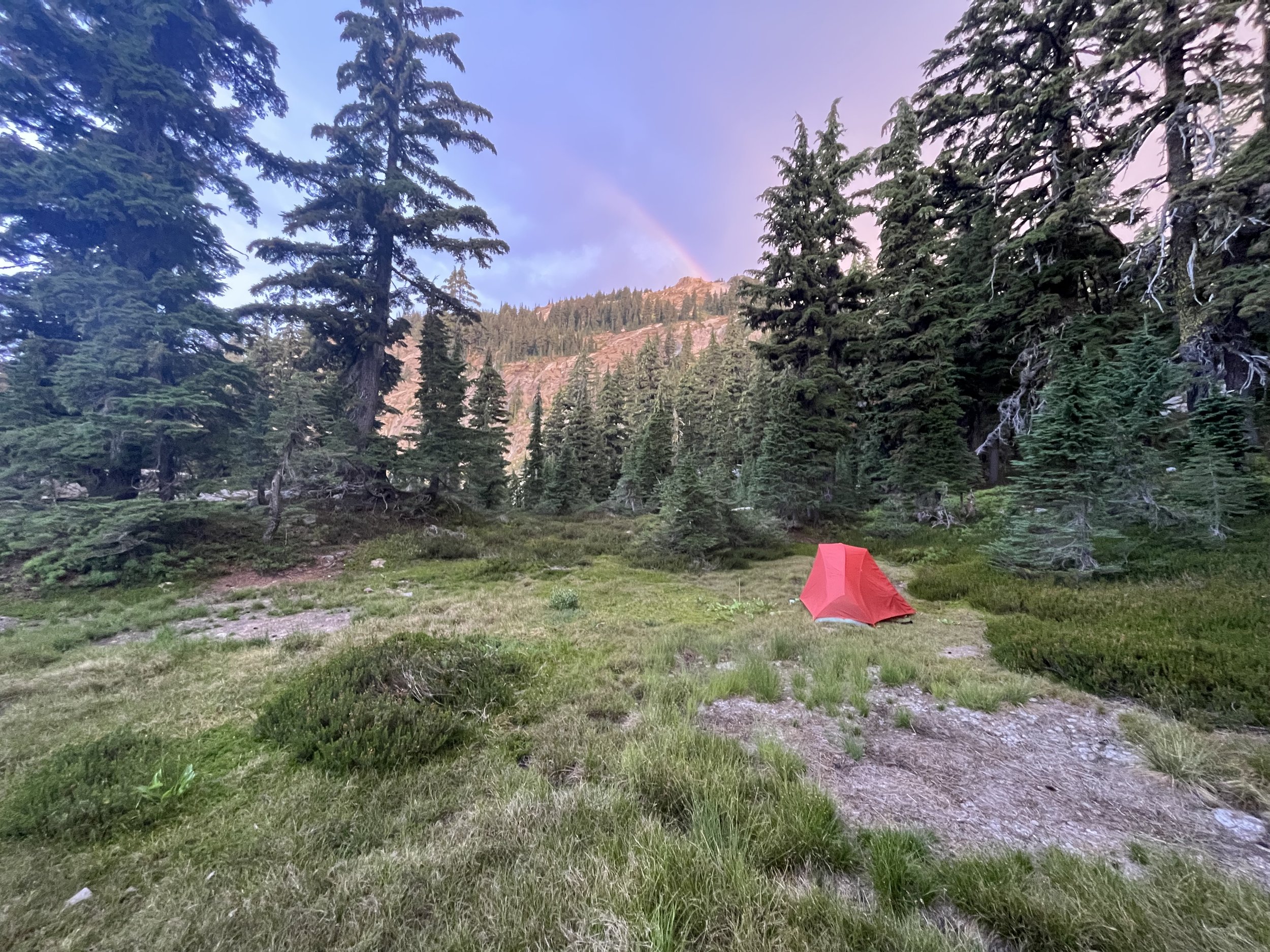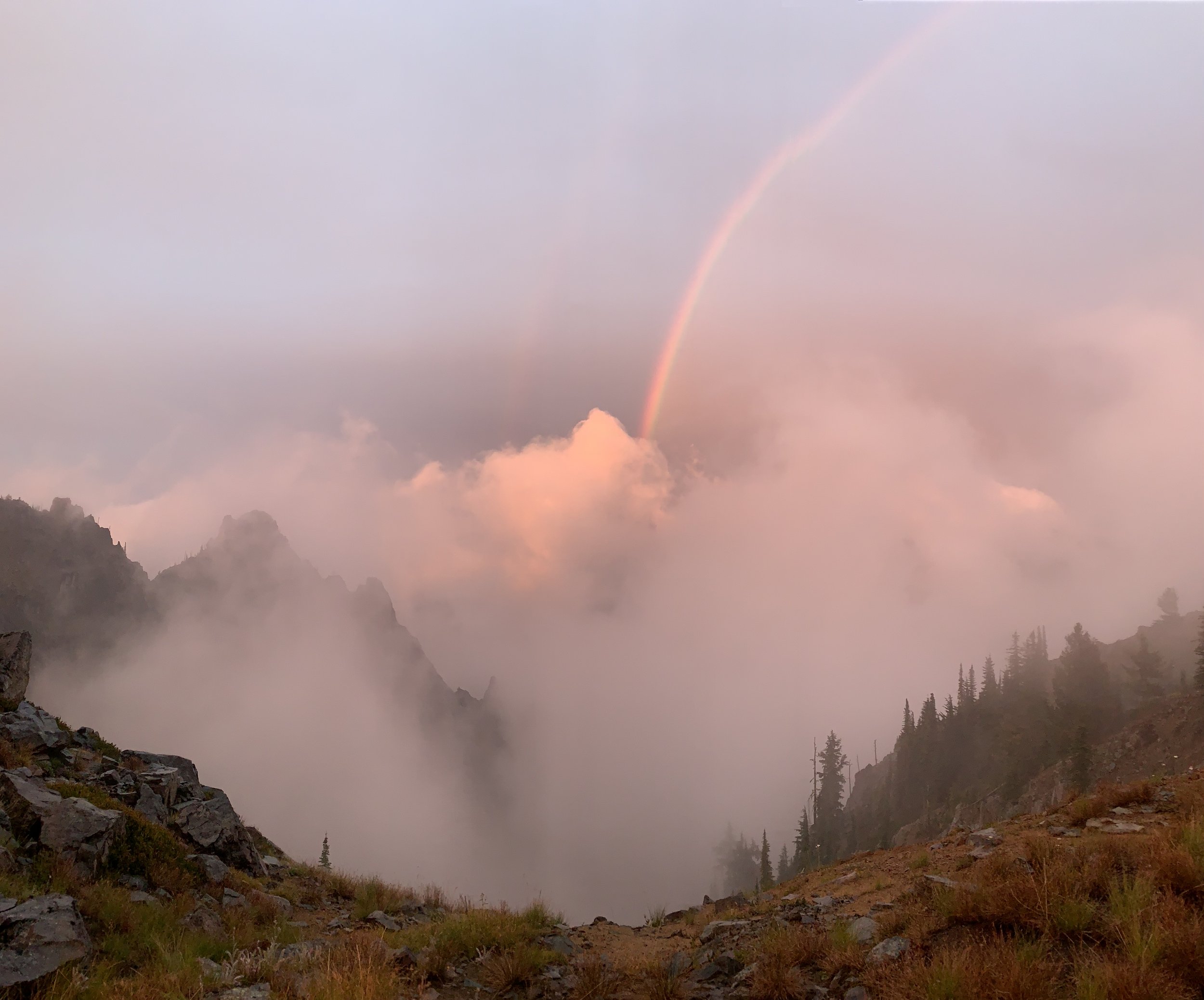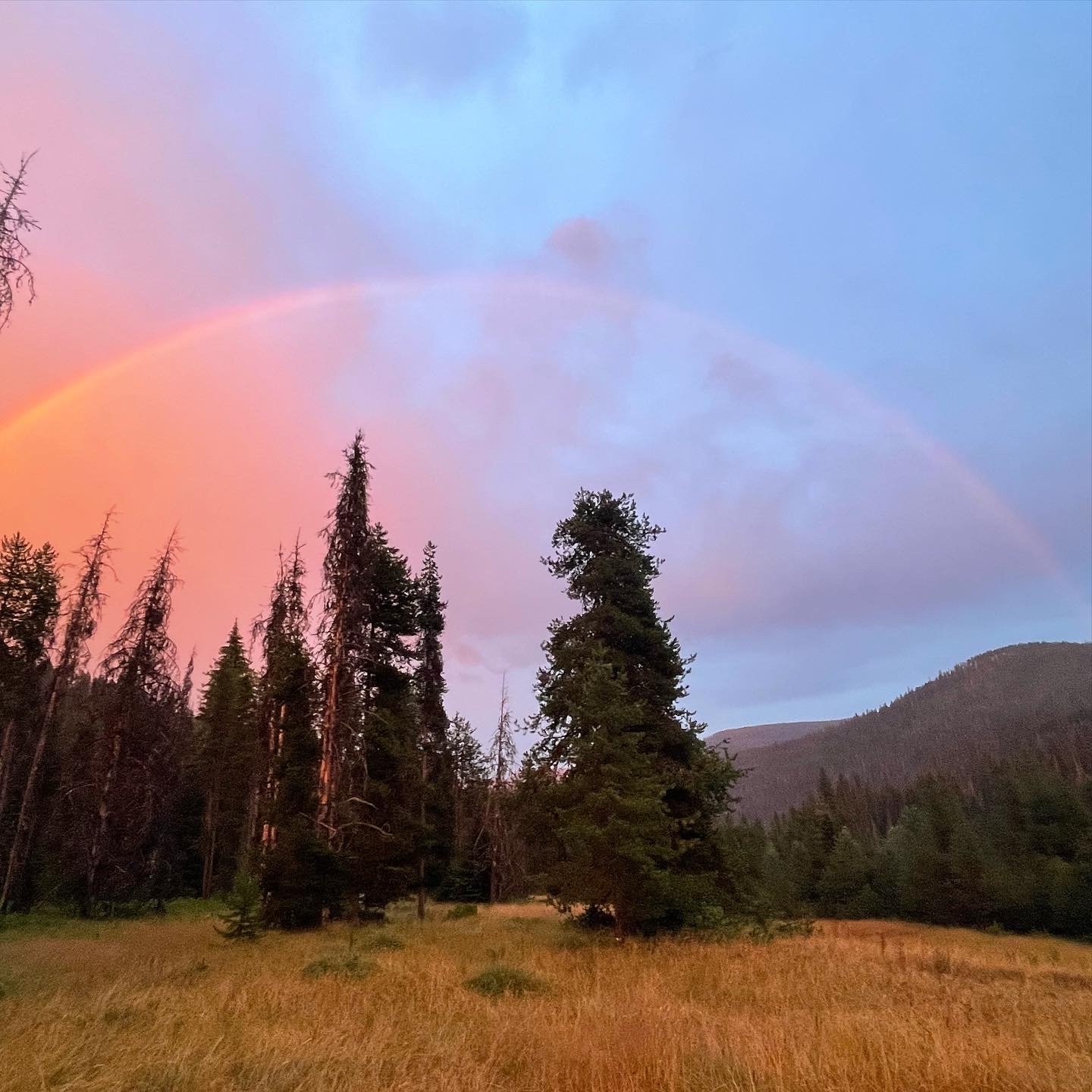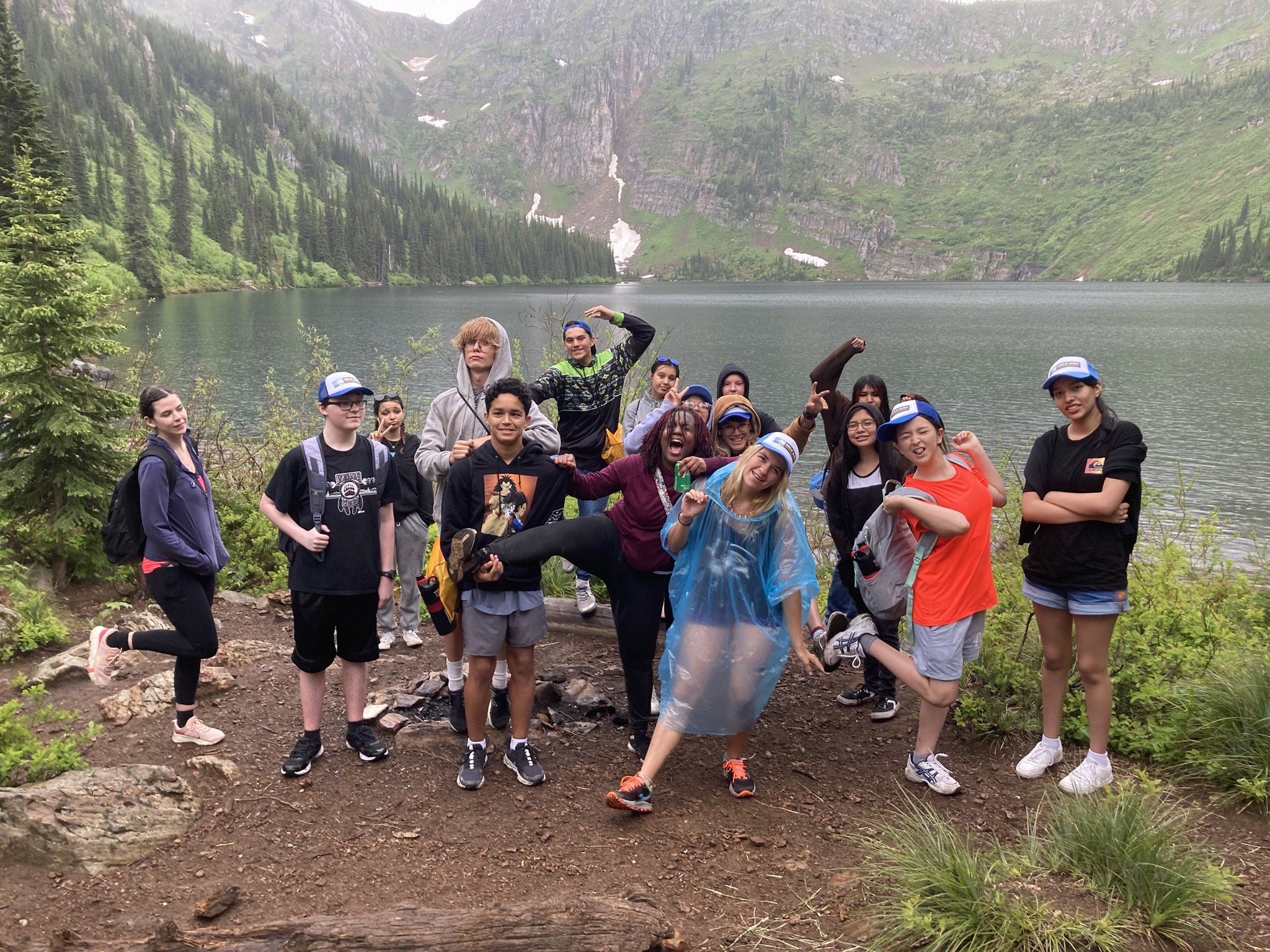Last Friday we hosted a Wilderness Rendezvous along with the Selway Bitterroot Frank Church Foundation, Bob Marshall Wilderness Foundation, Absaroka Beartooth Wilderness Foundation, Friends of Scotchman Peaks Wilderness, and Wild Montana. A celebration of the 60th anniversary of the Wilderness Act of 1964. If you’re a wilderness advocate, you’ve surely heard of this wonderful act with the sole purpose to “establish a National Wilderness Preservation System for the permanent good of the whole people, and for other purposes.” To read the entire act, head over to Wilderness Connect. Read on to learn more about the five characteristics of wilderness.
Natural
Wilderness ecological systems are substantially free from the effects of modern civilization.
Examples of what degrades this quality:
loss of native species, pollution, water flow changes, climate change
Solitude or primitive and unconfined recreation
Wilderness provides outstanding opportunities for solitude or primitive and unconfined recreation.
Examples of what degrades this quality:
facilities including outhouses and cabins
restrictions on visitors
visitor sounds
sights of people outside of the wilderness (ie. city lights in skyscape)
Undeveloped
Wilderness retains its primeval character and influence, and is essentially without permanent improvement or modern human occupation
Examples of what degrades this quality:
admin buildings, weather facilities, any other structures
use of motorized or mechanized transportation
inholdings (places that are private in the midst of public land)
Untrammeled
Wilderness is essentially unhindered and free from the actions of modern human control or manipulation
Examples of what degrades this quality:
authorized actions that manipulate or hinder the community of life (ie. fire suppression, weed spraying, collared wildlife, stocking fish)
Other features
Wilderness “may also contain ecological, geological, or other features of scientific, educational, scenic, or historical value.”
Examples of what degrades this quality:
damage or loss of these features (ie. vandalized hieroglyphs, burned historical buildings)
Celebrating 60 Years
After learning about the different characters of wilderness quality, can you think of examples within the Great Burn proposed wilderness that have these characters and some areas that have been negatively impacted? Some of these negative impacts can be managed and improved. During our stewardship trips, we learn a lot about wilderness character, LNT practices, and backcountry ethics, all while getting some work done on the landscape.
